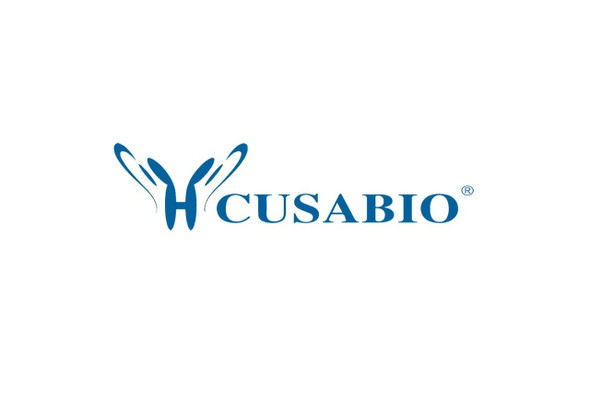Cusabio Active Proteins
Recombinant Human Nectin-2 (NECTIN2), partial (Active) | CSB-AP005081HU
- SKU:
- CSB-AP005081HU
- Availability:
- 5 to 10 Working Days
Description
Recombinant Human Nectin-2 (NECTIN2) ,partial (Active) | CSB-AP005081HU | Cusabio
Protein Description: Extracellular Domain
Alternative Name (s) : Poliovirus Receptor-Related Protein 2; Herpes Virus Entry Mediator B; Herpesvirus Entry Mediator B; HveB; Nectin-2; CD112; PVRL2; HVEB; PRR2
Gene Names: NECTIN2
Research Areas: Immunology
Species: Homo sapiens (Human)
Source: Mammalian cell
Tag Info: C-terminal 6xHis-tagged
Expression Region: 32-360aa
Sequence Info: QDVRVQVLPEVRGQLGGTVELPCHLLPPVPGLYISLVTWQRPDAPANHQNVAAFHPKMGPSFPSPKPGSERLSFVSAKQSTGQDTEAELQDATLALHGLTVEDEGNYTCEFATFPKGSVRGMTWLRVIAKPKNQAEAQKVTFSQDPTTVALCISKEGRPPARISWLSSLDWEAKETQVSGTLAGTVTVTSRFTLVPSGRADGVTVTCKVEHESFEEPALIPVTLSVRYPPEVSISGYDDNWYLGRTDATLSCDVRSNPEPTGYDWSTTSGTFPTSAVAQGSQLVIHAVDSLFNTTFVCTVTNAVGMGRAEQVIFVRETPNTAGAGATGG
Biological Activity: The ED50 as determined by its ability to bind Human DNAM-1 in functional ELISA is less than 10 ug/ml.
MW: 36.58 kDa
Purity: Greater than 95% as determined by SDS-PAGE.
Endotoxin: Less than 1.0 EU/µg as determined by LAL method.
Relevance: CD112 is a type I transmembrane glycoprotein belonging to the Immunoglobulin superfamily. It comprises one Ig-like V-type domain and two Ig-like C2-type domains in the extracellular region. The V domain is believed to mediate nectin binding to its ligands. Nectin2 is known to bind the pseudorabies virus, and herpes simplex virus2 (HSV2) , involving in cell to cell spreading of these viruses. It does not bind poliovirus. As a homophilic adhesion molecule, CD112 is found concentrated in adherens junctions, and exists on neurons, endothelial cells,epithelial cells and fibroblasts. CD112 has been identified as the ligand for DNAM-1 (CD226) , and the interaction of CD226/CD112 mediates cytotoxicity and cytokine secretion by T and NK cells. The costimulatory responses may be a critical component in allergic reactions and may therefore become targets for anti-allergic therapy.
PubMed ID:
Notes: Repeated freezing and thawing is not recommended. Store working aliquots at 4℃ for up to one week.
Function: Modulator of T-cell signaling. Can be either a costimulator of T-cell function, or a coinhibitor, depending on the receptor it binds to. Upon binding to CD226, stimulates T-cell proliferation and cytokine production, including that of IL2, IL5, IL10, IL13, and IFNG. Upon interaction with PVRIG, inhibits T-cell proliferation. These interactions are competitive
Involvement in disease:
Subcellular Location: Cell membrane, Single-pass type I membrane protein
Protein Families: Nectin family
Tissue Specificity: Ubiquitous.
Paythway: Adherensjunction
Form: Lyophilized powder
Buffer: Lyophilized from a 0.2 μm filtered 20 mM PB, 150 mM NaCl, pH 7.2
Reconstitution: We recommend that this vial be briefly centrifuged prior to opening to bring the contents to the bottom. Please reconstitute protein in deionized sterile water to a concentration of 0.1-1.0 mg/mL.We recommend to add 5-50% of glycerol (final concentration) and aliquot for long-term storage at -20℃/-80℃. Our default final concentration of glycerol is 50%. Customers could use it as reference.
Uniprot ID: Q92692
Uniprot Entry Name:
HGNC Database Link: HGNC
UniGene Database Link: UniGene
KEGG Database Link: KEGG
STRING Database Link: STRING
OMIM Database Link: OMIM









